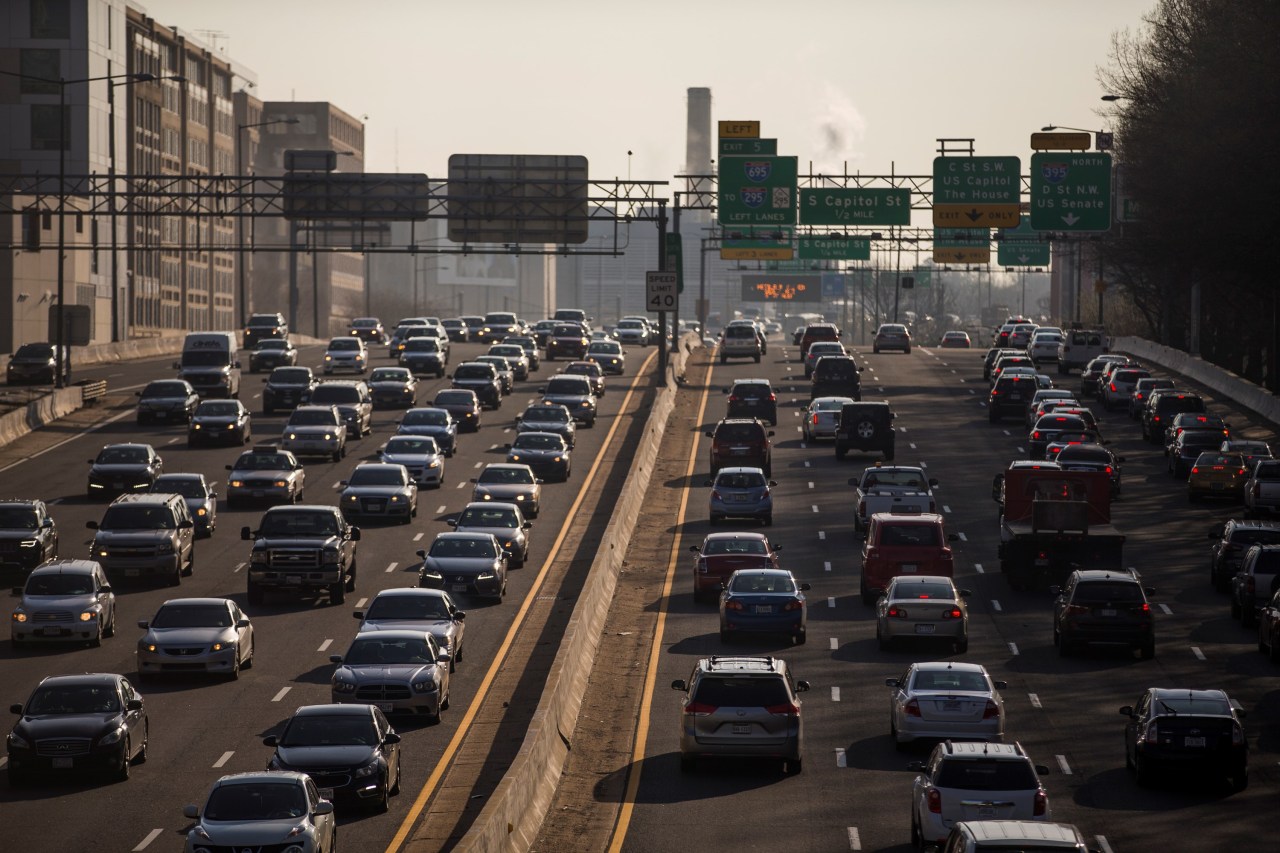When we think of technological advancements in the realm of transport, two titans often come to mind: Tesla and Uber. While at first glance they may seem focused on different aspects of the transportation sector, a deeper dive into their strategies reveals that they share more in common than one might think. With Elon Musk’s innovative vision and Uber’s relentless push toward autonomous driving, both companies are navigating a complex landscape shaped by a growing sharing economy.
The Evolution of Car-Sharing
The concept of car-sharing is not new to the terrain of Tesla, especially with the fervor surrounding Musk’s latest master plan. The idea that Tesla vehicles could be integrated into a shared fleet is revolutionary, and the ease of offering one’s car through a simple tap on a mobile app represents a generous step towards a new era in car ownership.
An Eye on Autonomous Vehicles
- Uber’s Urgency: Uber has shown an unwavering commitment to developing autonomous vehicle technology, resulting in a fierce competition for top talent. Their strategic hires from renowned institutions indicate a serious push for self-driving capabilities that could redefine urban transportation.
- Tesla’s Integration: Tesla is strategically leveraging its expertise in electric vehicle technology to facilitate car-sharing while still focusing on their own autonomous driving innovations. Musk’s ambition to expand beyond traditional car ownership aligns perfectly with the growing inclination towards shared mobility.
With Competition Comes Collaboration
As Uber and Tesla blaze their respective trails through the autonomous landscape, it’s essential to recognize that the collision isn’t necessarily destructive. Collaboration often coexists alongside competition in tech; in fact, both companies stand to benefit from the advancements made by the other. As more players like Google and various startups enter the arena, the evolution of autonomous vehicles may lead to a more interconnected, efficient ecosystem attracting substantial investment.
Addressing Urban Mobility Challenges
Beneath the competition lies a shared goal: improving urban mobility. Both companies understand that their success is intertwined with making transportation affordable and accessible. Uber aims to optimize ride-share availability in low-density areas, while Tesla seeks to broaden the electric vehicle market. Their commitment to sustainability emphasizes not only reducing carbon footprints but also making strides toward more economically feasible transportation alternatives.
A Look Ahead: The Future of Transportation
As we ponder the future of personal and shared transportation, it’s crucial to reevaluate our perceptions of car ownership. Thirty years down the line, it’s conceivable that outright purchasing electric vehicles may become obsolete as the demand for shared, autonomous transport solutions takes precedence. This transformation could lead to radical shifts in consumer behavior and urban planning.
Conclusion: A Unified Vision for Tomorrow’s Transport
In summary, there exists a common thread between Tesla and Uber that connects them beyond the surface. Both are not merely competitors; they are collaborators in a bustling ecosystem striving to reshape transportation. By capitalizing on the shared economy, enhancing autonomous technology, and addressing urban mobility, both entities are setting the stage for a new transportation narrative.
At fxis.ai, we believe that such advancements are crucial for the future of AI, as they enable more comprehensive and effective solutions. Our team is continually exploring new methodologies to push the envelope in artificial intelligence, ensuring that our clients benefit from the latest technological innovations.
For more insights, updates, or to collaborate on AI development projects, stay connected with fxis.ai.

